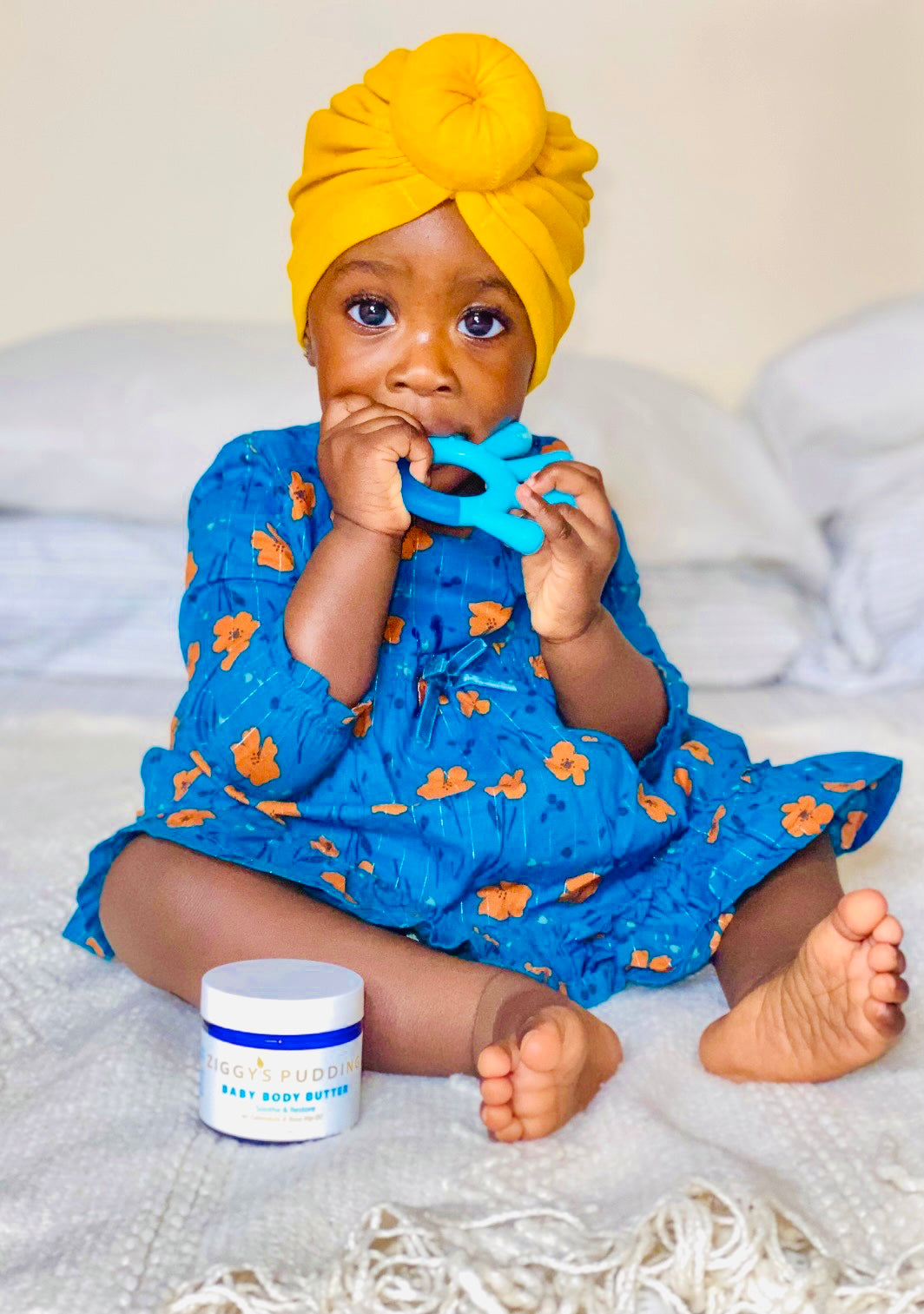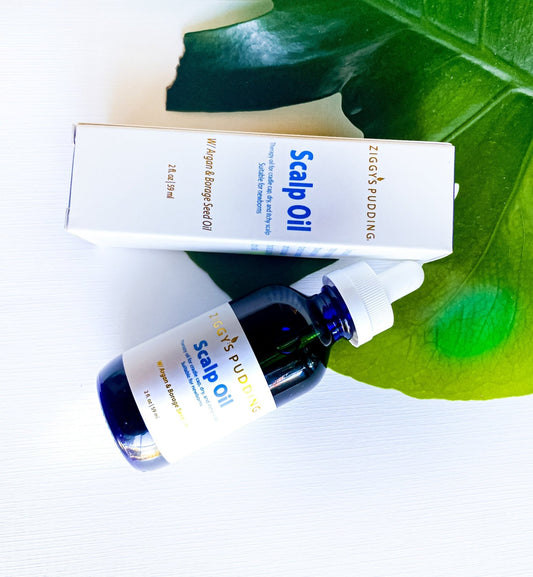
What is Seborrheic Dermatitis
Seborrheic (seb-o-REE-ik) dermatitis is a form of eczema that usually appears where there are large amounts of sebaceous glands(oil producing glands) like the scalp, nose, upper back, and mid chest. It appears as flaky scales that may be itchy and have redness on the skin. It’s usually seen on the scalp but it can appear anywhere on the skin as well.
Who gets Seborrheic dermatitis?
Seborrheic dermatitis can affect people of all ages. Infants, and adults between the ages of 30-60 are affected by seborrheic dermatitis. In teens and adults, research shows that it affects men more than women.
Other names for seborrheic dermatitis are cradle cap, seborrheic eczema, seborrheic psoriasis, and dandruff.
What does it look like?
When it appears, it looks like scaly patches of greasy skin that may be light in some areas and yellowish in others and appear as crusts on the area that is affected like the scalp, face, eyebrows, eyelids, or the sides of the nose.
Some people experience symptoms in other areas of the body too like:
The mid-chest
Around the belly button or naval
Around the groin
The butt
In the skin floods of the arms and legs
The area below the breast
It can often look similar to psoriasis or an allergic reaction.
So, is cradle cap also seborrheic dermatitis?

Yes, when it appears in infants under three months old, it is called cradle cap. Cradle cap appears like yellowish or brown crusty scales on the scalp, that could be moist or greasy. Sometimes seborrheic dermatitis may appear around the buttock causing parents to mistake this for a diaper rash.
How can I tell if I have seborrheic dermatitis?
A visual inspection of the rash by your primary care provider, pediatrician, or dermatologist can give you this information. In some cases, a skin scraping is performed to further diagnose this dermatitis.
What causes seborrheic dermatitis?
No one knows for sure how it is caused, but research suggests that the fungus Malassezia (which normally lives on our skin) could contribute to seborrheic dermatitis.
There are other risk factors that can predispose adults to getting this skin disorder such as:
Your immune system
Parkinson's disease
HIV/AIDS
Rosacea
Acne
Stroke and/or heart attack recovery
Depression
Eating disorders
Nutritional deficiencies
Other triggers include stress, genetics, dry, cold weather, certain medications and medical conditions.
What are the symptoms of Seborrheic dermatitis?
In infants, cradle cap does not appear to be itchy or painful. It usually goes away within a few weeks or months on it’s own but may reappear in their teens.
As for adults, seborrheic dermatitis is itchy, can be painful and irritated.
Is it contagious?
Seborrheic dermatitis is NOT contagious.
How is seborrheic dermatitis treated?
In babies, it usually clears up over time without any intervention but there are treatment protocols you can follow to increase that time.
Carrier oils like castor oil, Jojoba oil, and other oils that have antifungal properties can be beneficial for treating cradle cap at home.
Your doctor may recommend antifungal creams as well as over the counter shampoos that contain ingredients like coal tar, salicylic acid, zinc pyrithione, selenium sulfide and ketoconazole.
But remember a dandruff shampoo is not recommended for babies as it is way too harsh for their delicate skin.
Here’s a tried and true remedy to get rid of cradle cap quickly on your baby's scalp:
- Apply a scalp oil containing, Jojoba oil, castor oil and/or argan oil to the scalp and allow it to sit on the scalp covered with a cap overnight.
- Then in the morning, using a soft brush or baby comb, gently comb the flakes off the scalp, it should come off very easily.
- Apply a very mild baby shampoo and wash the scalp off. Then repeat this over the next few days if necessary until all the patches are gone.
Be very gentle so that you do not irritate the scalp while doing this.
We have an excellent scalp oil for cradle cap, dry scalp and dandruff launching soon. Click here to be the first to know when it launches.
Was the post helpful? Comment below.



